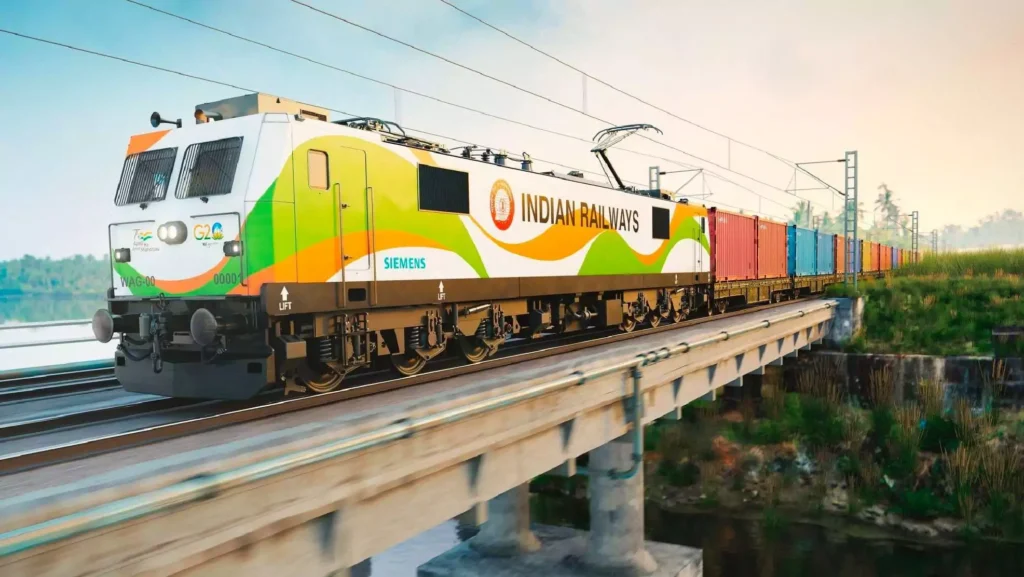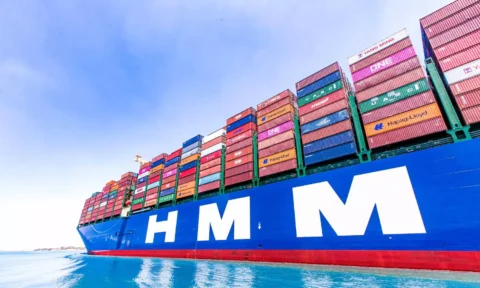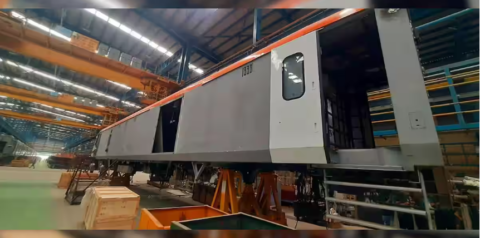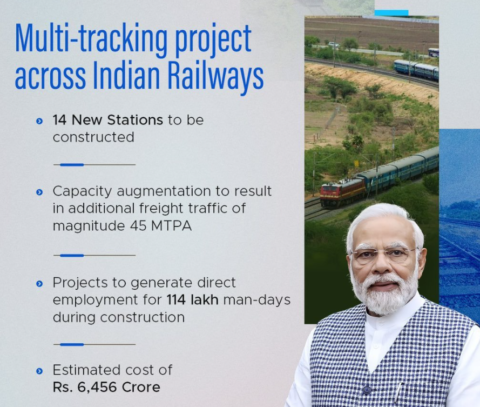In a significant move to enhance last-mile connectivity through railways, Union Minister for Finance and Corporate Affairs Nirmala Sitharaman has allocated a capital expenditure of Rs 2,62,200 crore for the Railways in the Union Budget 2024. For the fiscal year 2024-25, the gross budgetary support stands at Rs 2,52,200 crore, up from Rs 2,40,200 crore in 2023-24 and a mere Rs 28,174 crore in 2013-14.
Union Railways Minister Ashwini Vaishnaw highlighted the strengthened resilience of the economy, attributing it to a combination of welfare measures, fiscal prudence, capital investment, and a focus on manufacturing. A significant portion of the budget is earmarked for safety-related activities in Railways, continuing the boost seen during the government’s third term.
The impact of increased capital expenditure is evident, as Indian Railways achieved an all-time high freight loading of 1588 MT in FY 2023-24, up from 1095 MT in 2014-15, aiming for 3,000 MT by 2030. Additionally, Railways reported all-time high total receipts of Rs 2,56,093 crore in 2023-24, generating a net revenue of Rs 3,260 crore to support further capital expenditure.
Over the past decade, Railways commissioned 31,180 track kilometers, with the pace of track laying increasing from 4 km per day in 2014-15 to 14.54 km per day in 2023-24. Furthermore, Indian Railways electrified 41,655 route kilometers from 2014 to 2024, compared to just 21,413 route kilometers till 2014.
The current budget allocates additional funds to promote industrial development, supporting infrastructure for industrial clusters at strategic nodes such as Kopparthy, Orvakal, and Gaya. This initiative aims to spur industrial growth in eastern India.
Under the PM Gati Shakti Mission, Railways have adopted a new approach to infrastructure development, identifying three Economic Railway Corridors—Energy, Mineral, and Cement (192 projects), Port Connectivity Corridors (42 projects), and High Traffic Density Corridors (200 projects)—to enable multi-modal connectivity.
Minister Vaishnaw emphasised that capacity enhancement, decongestion of high-density networks, reducing logistics costs, and enhancing passenger experience and safety remain the government’s priority areas.







